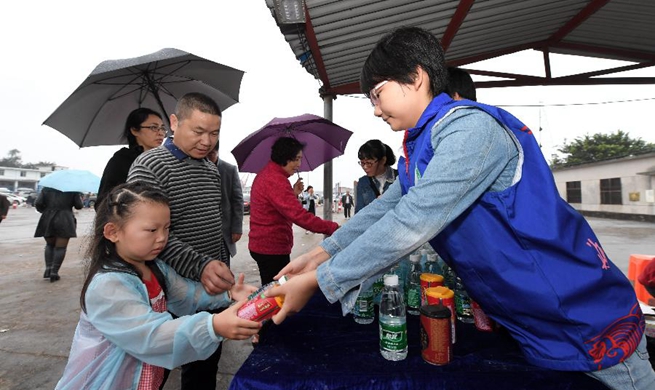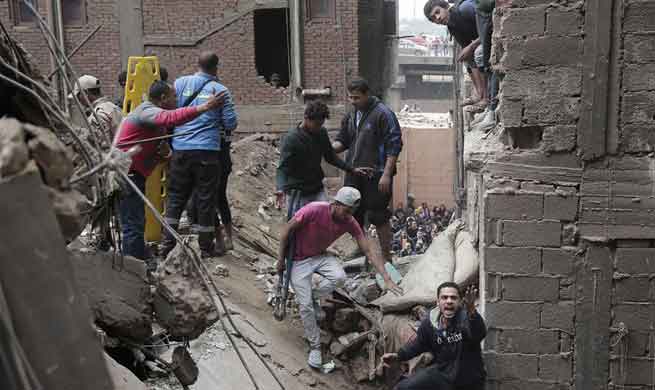GENEVA, Feb. 22 (Xinhua) -- The World Health Organization (WHO) called on Thursday for scaling up access to testing and treatment for TB infection, especially among groups who are particularly at risk, such as children and people living with HIV.
The WHO has updated the guidelines for programmatic management of latent TB infection, which expands access to testing and care for people with latent TB infection who may develop active TB in the future if without appropriate treatment.
Health practitioners have previously prioritized testing and treatment of people living with HIV and children under the age of five who have been in contact with people who have TB.
The WHO has now identified HIV-negative children aged above five, adolescents and adults who are contacts of TB patients, as well as contacts of patients with multidrug-resistant TB, as additional high-risk groups.
It also recommends expanding the testing options for latent TB infection in both high and low TB burden countries. Treatment options should also be expanded, the WHO said, recommending two new shorter treatment regimens to treat latent TB infection.
"The scale-up of TB preventive treatment has been slow. Only twelve of the 30 countries with a high burden of HIV-associated TB reported provision of TB preventive treatment among people living with HIV, and only 13 percent of the 1.3 million eligible children received preventive treatment in 2016," said Dr. Haileyesus Getahun from WHO Global TB Program.
"We hope the new guidelines will disrupt the status quo in many countries and leapfrog global implementation of TB prevention efforts."
The new guidelines are to be used primarily in national TB and HIV control programs, or their equivalents in ministries of health, and for other policy-makers working on TB and HIV and infectious diseases.

















